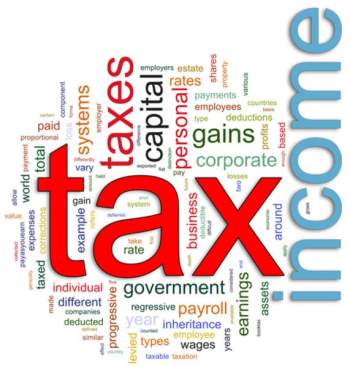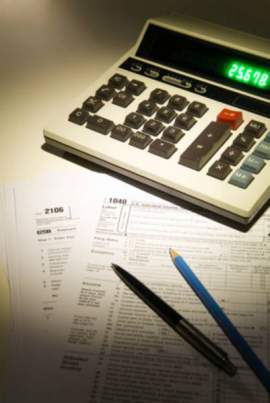
Making Work Pay Tax Credits

What is the Making Work Pay Tax Credit?
In 2009 and 2010, the American Recovery and Reinvestment Act of 2009 instituted the Making Work Pay provision which formally provided a refundable tax credit of up to $4000 for working citizens and up to $800 for married taxpayers who file joint returns. Because the Making Work Pay Tax Credit was included into the withholding tables in 2009 and 2010, the majority of workers benefited from larger paychecks during these taxable years. Although the bulk of taxpayers owed less tax because of this credit, a limited number of people—including those who received small refunds—could, in some situations, owe a small amount rather than securing a refund. If you owe tax because too little was taken out of the paychecks during 2009 or 2010, you may be eligible for special relief on any penalty that may apply.
Getting a Better Understanding of the Making Work Pay Tax Credit
The Making Work Pay Tax Credit was the result of the Making Work Pay provision in 2009 and 2010 that allowed for a refundable tax credit. For individual tax payers, this credit was up to $400 while it was up to $800 for married tax payers who filed joint returns. In response to the Making Work Pay Tax Credit, the IRS had to adjust tax withholding tables to take the new credit into account. This resulted in the majority of taxpayers gaining a small raise of about $12 in their weekly salary.
Which Taxpayers was Eligible for the Making Work Pay Tax Credit?
This tax credit generally applied to individuals who received a paycheck and were subject to withholding. Employers would handle the credit through automated withholding changes. These changes occurred in early 2009 and for many resulted in an increase in take home pay. This amount was then reported on the 2009 income tax return.
If an individual did have taxes withheld by an employer that year, it was still possible to claim the credit on their 2009 tax return.
Any taxpayers who were self-employed could also claim the Making Work Pay Tax Credit on their tax return for 2009. These individuals had to keep in mind what they expected income tax liability to be and from there figure out whether they wished to make any adjustments on their estimated tax payments.
Those who were not eligible to receive the Making Work Pay Tax Credit included private pension recipients who did not have any earned income. These pension recipients were advised to look at their expected Withholding Certificate for Pension or Annuity payments to see whether they had enough ax withheld from their pension benefits in order to cover their tax liability.
Claiming the Making Work Pay Tax Credit
In order to claim the Making Work Pay Tax Credit, a worker had to file Making Work Pay Tax Credit (1040A or 1040) or the Making Work Pay Tax Credit form along with their tax return.
To claim the Making Work Pay Tax Credit, the majority of workers must file Schedule M (the making Work pay Tax Credit (1040A or 1040) with their individual tax return. If you received wages or income from self-employment during the taxable years of 2009 and 2010 you most likely qualify for the Making Work Pay Tax Credit. To receive the credit, fill-out and attach Schedule M with your 2009 or 2010 return.
Problems with the Making Work Pay Tax Credit
Some employers experienced difficulty with the adjusted withholding tables because they had already adjusted the amounts to account for the Making Work Pay Tax Credit without the employee being eligible for it. This resulted in the individuals owning a balance on the 2009 tax return. This happened to the following:
• An individual working multiple jobs
• An individual working while being claimed as a dependent
• A married couple that both receive income
• An individual who worked while collecting government pensions or social security
• An individual who collected a private pension
More information on the Making Work Pay Tax Credit as well as the proper forms can be found on the Internal Revenue Service’s website.



















